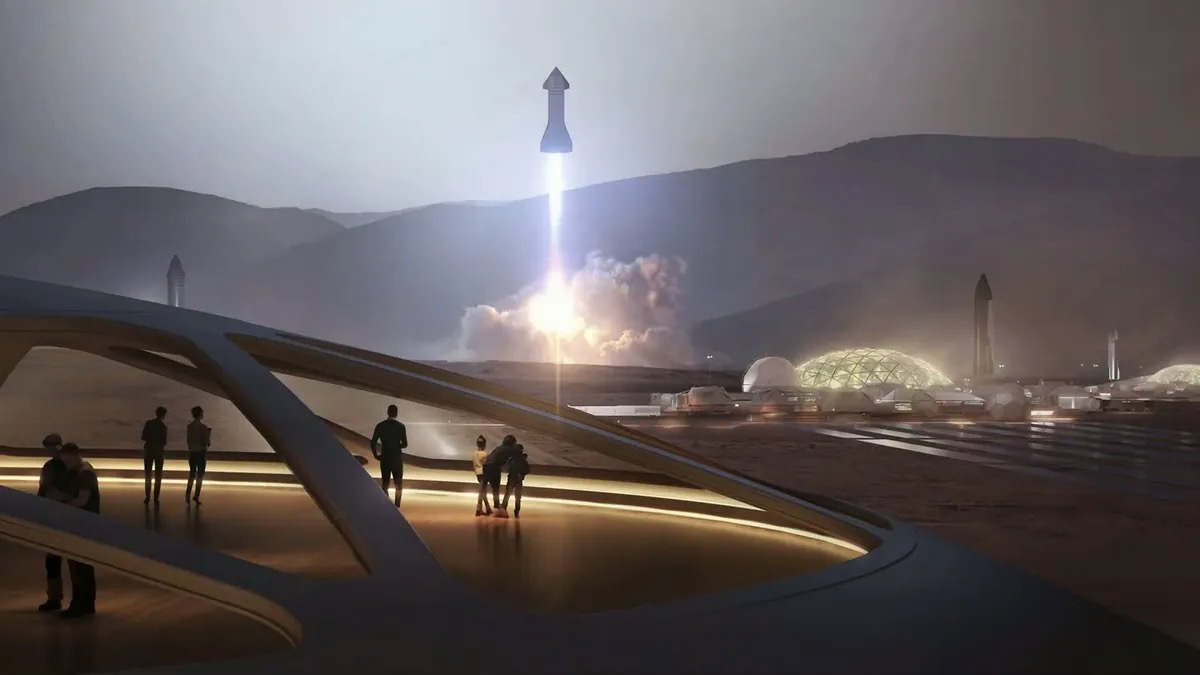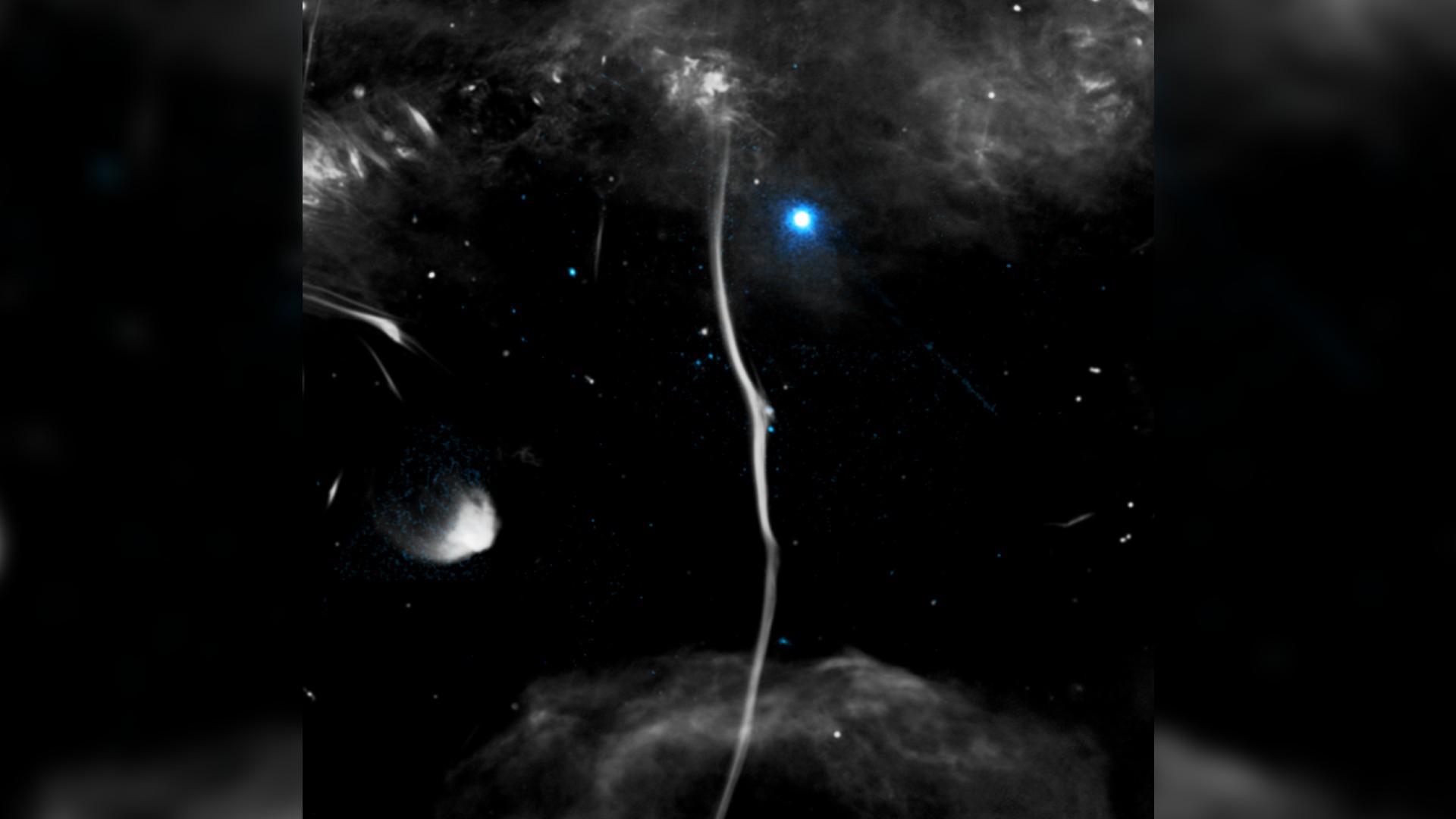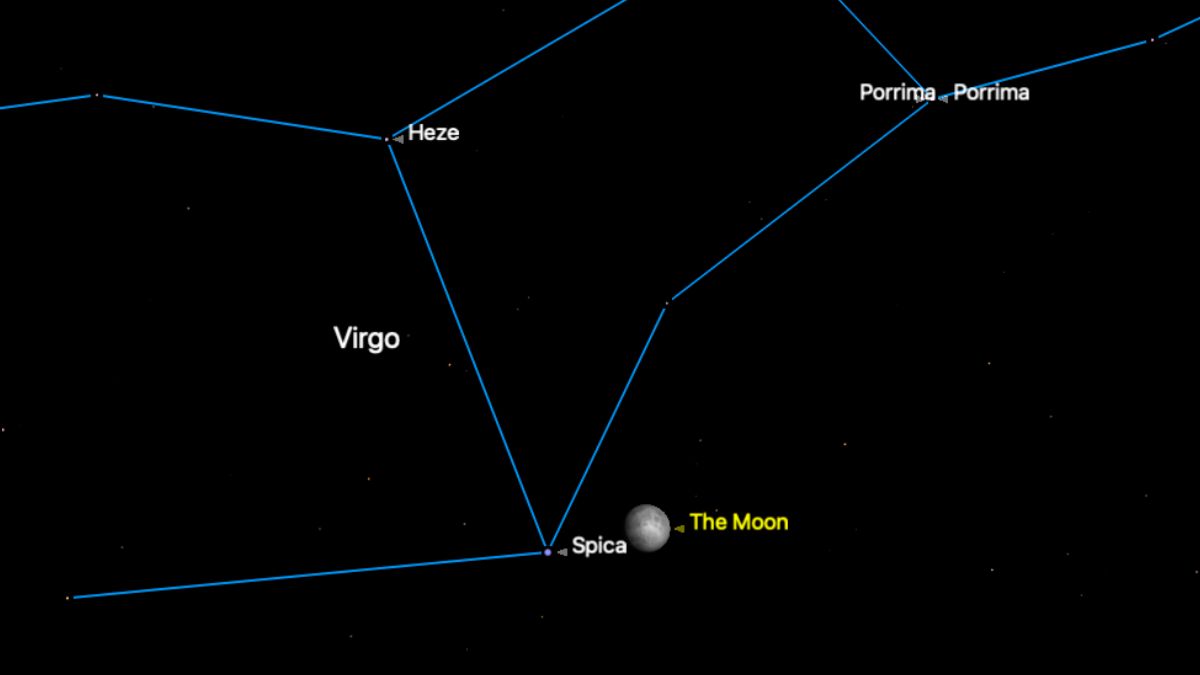Astronomy
Explore Astronomy
Latest about Astronomy
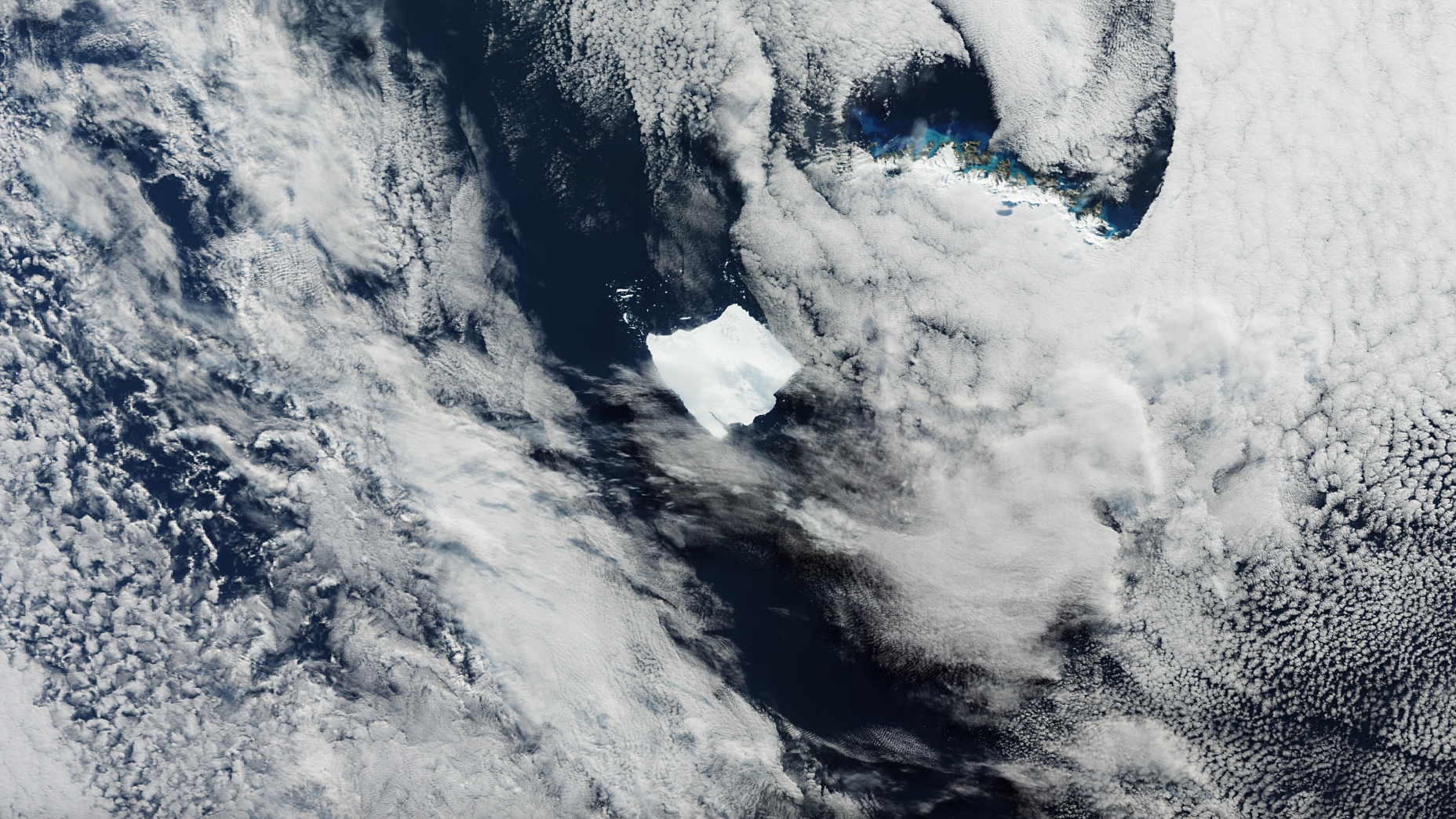
See the world's largest iceberg stranded in the South Atlantic (satellite photo)
By Samantha Mathewson published
A new image from Europe's Copernicus Sentinel-3 satellite shows the huge Antarctic iceberg A-23A stuck 45 miles (73 kilometers) off the coast of South Georgia Island.
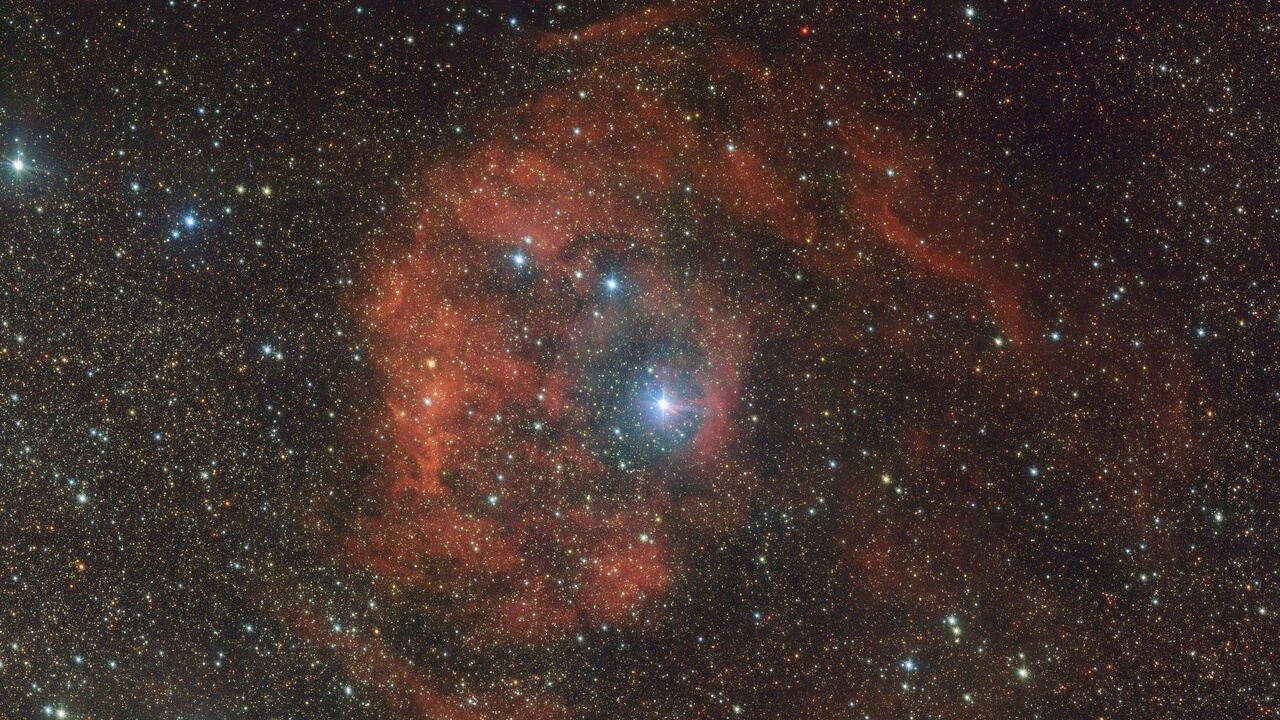
Cosmic imposter bathes distant nebula in fiery red glow: 'This star should not be here'
By Sharmila Kuthunur published
The brilliant blue-white star lighting up the red nebula Sh2-46 hints at a dynamic and possibly fleeting encounter that could reshape the nebula's appearance over time.
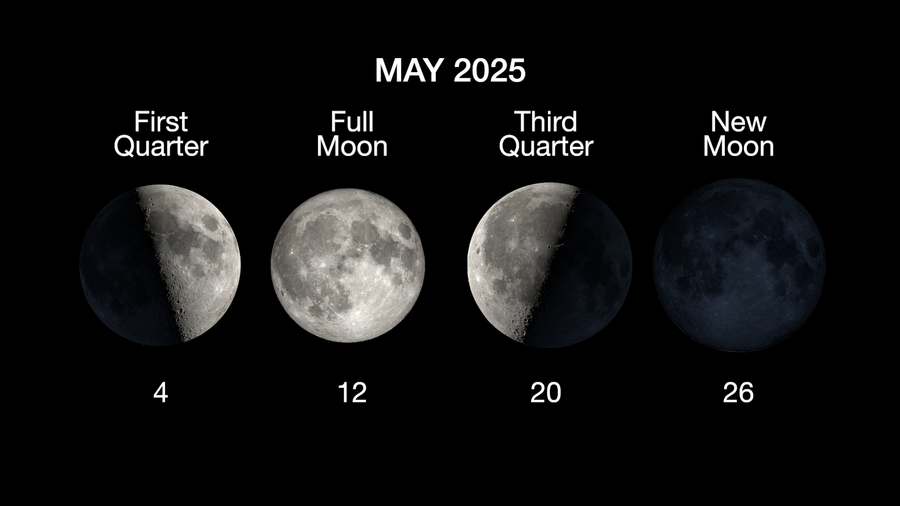
What is the moon phase today? Lunar phases 2025
By Tariq Malik, Daisy Dobrijevic last updated
Reference See what moon phase it is tonight and find out when you can see the rest of the moon phases for 2025.
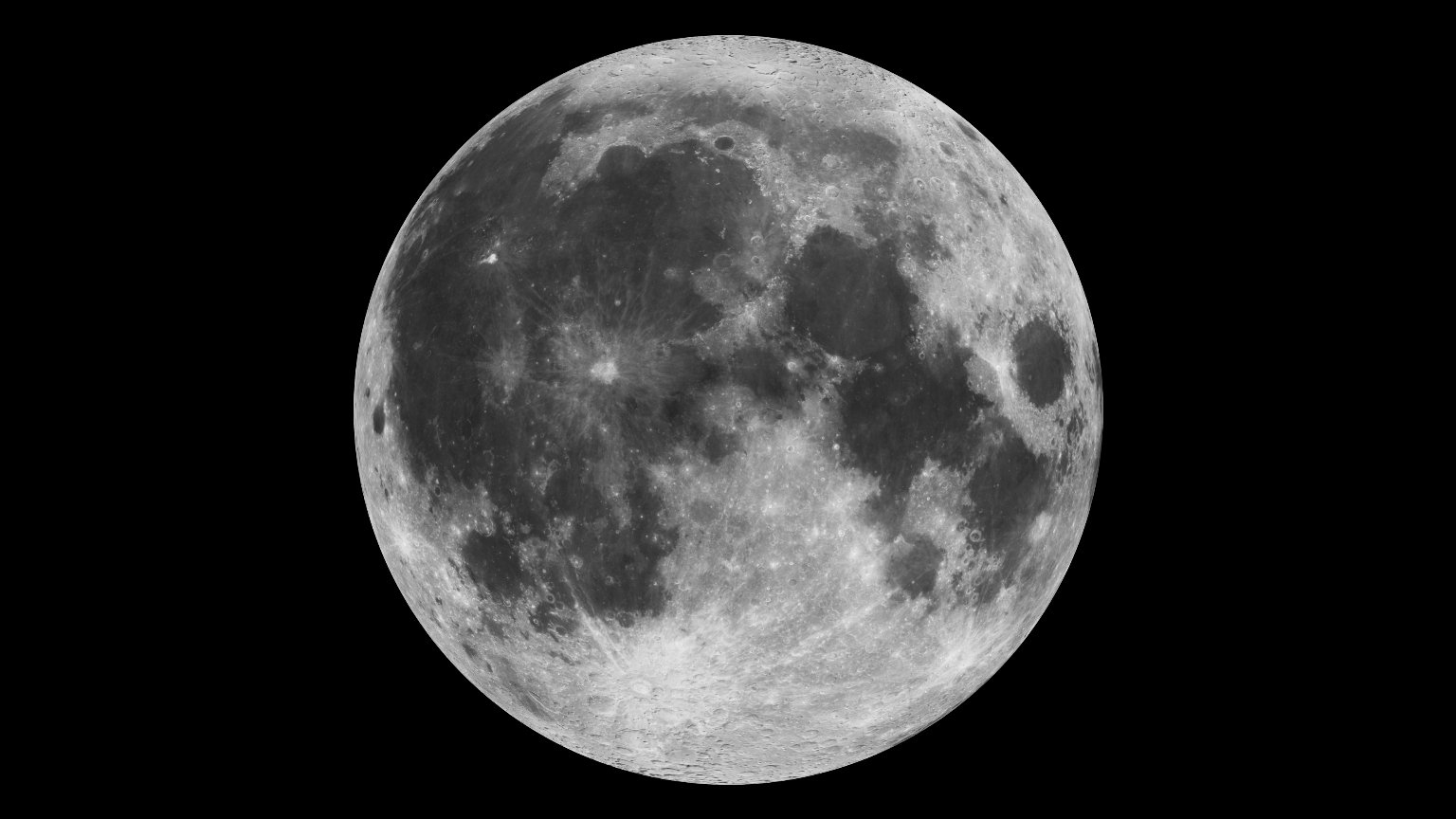
China uses 'gravity slingshot' to rescue pair of wayward moon satellites
By Julian Dossett published
After a pair of satellites failed to reach their desired orbit around the moon last year, China used a novel gravity "slingshot" tactic to get the satellites in the correct spot.
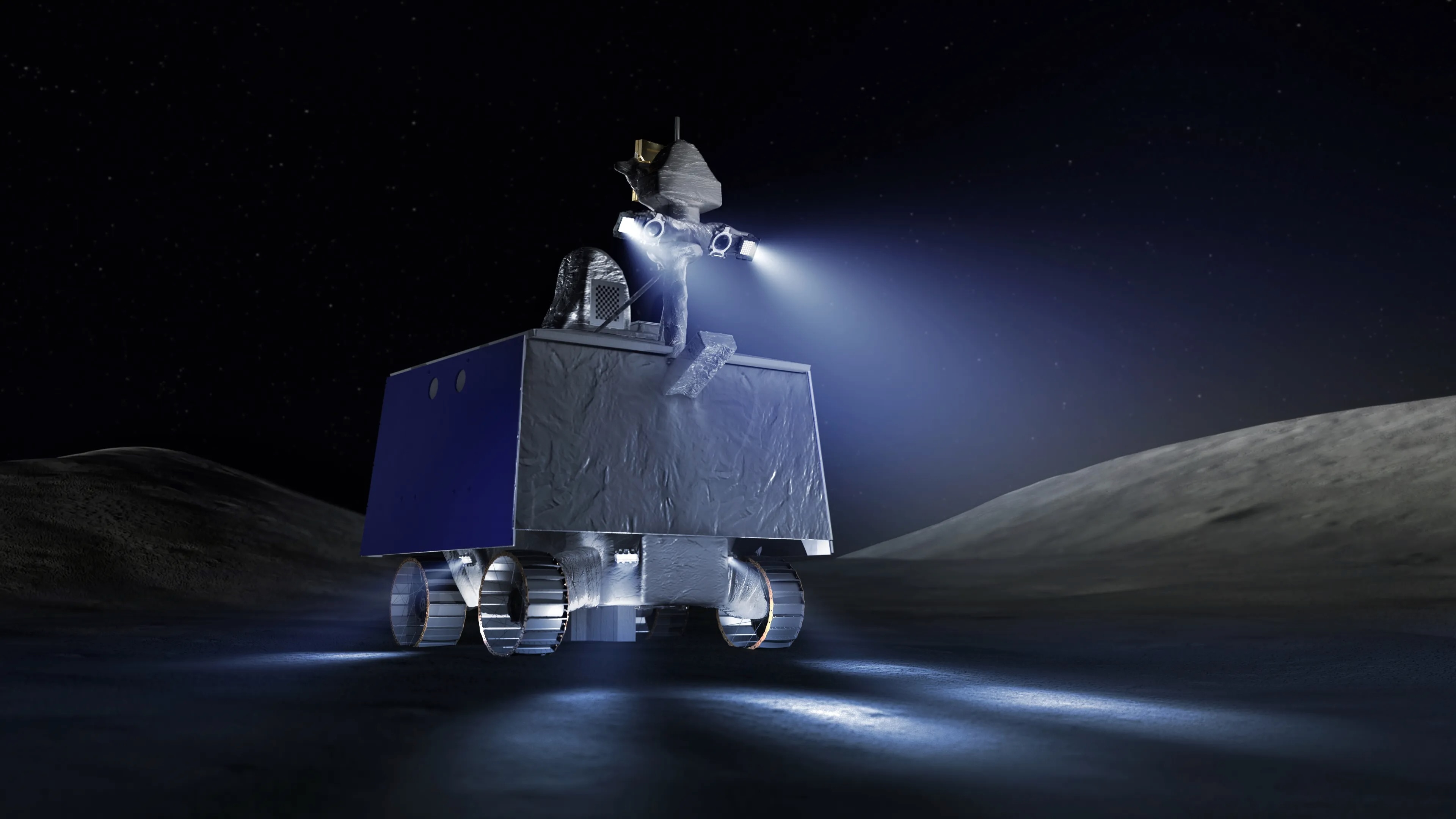
What will happen to VIPER? NASA shifts into reverse on canceled moon rover
By Josh Dinner published
NASA is no longer asking U.S. companies for proposals to get the ice-hunting VIPER rover to the moon but still hasn't given up on the mission.
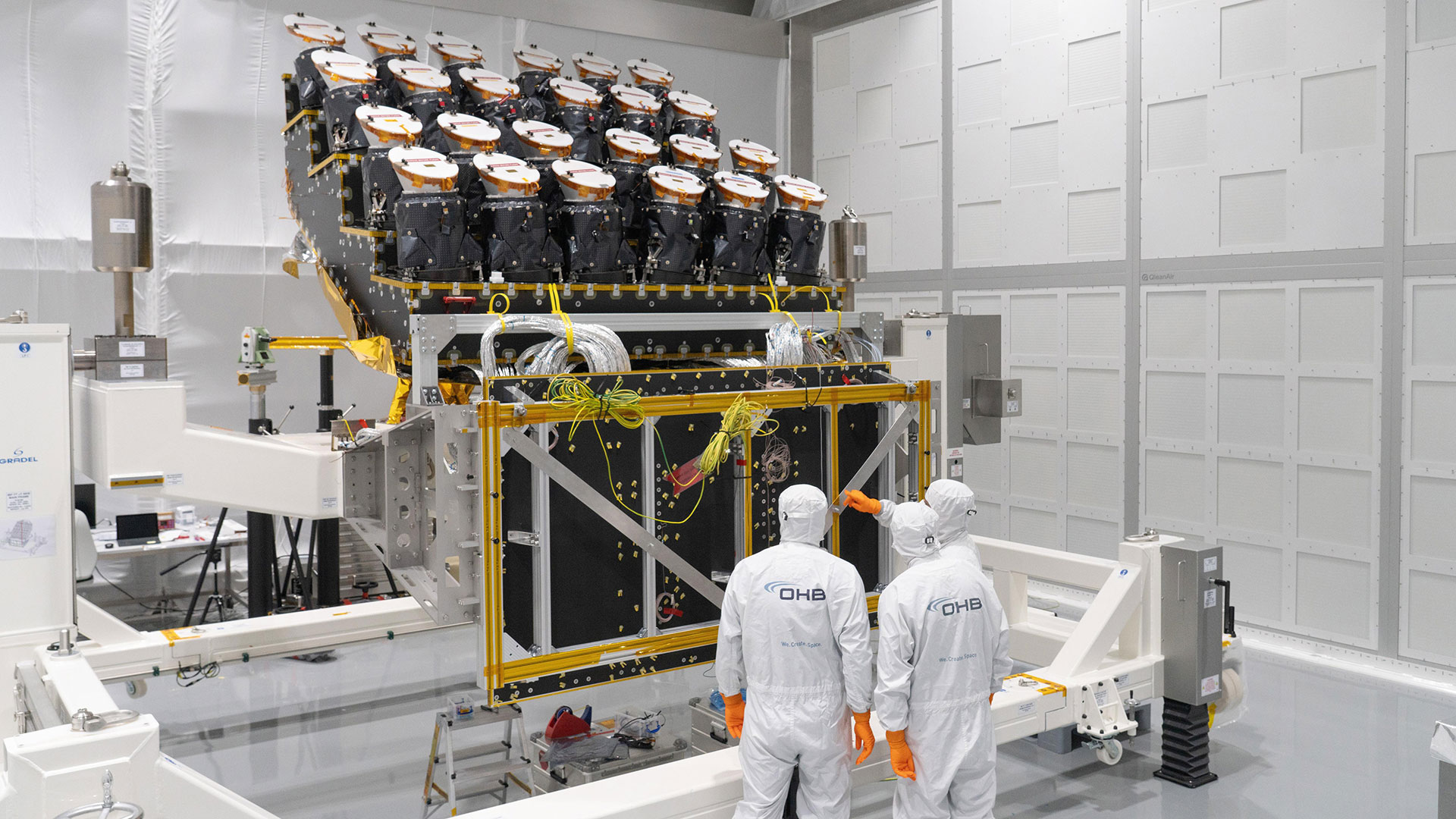
Planet hunter Plato gets its eyes | Space photo of the day for May 7, 2025
By Robert Z. Pearlman published
Plato, the European Space Agency's terrestrial planet hunter spacecraft, is seen after having 24 of its 26 cameras installed.
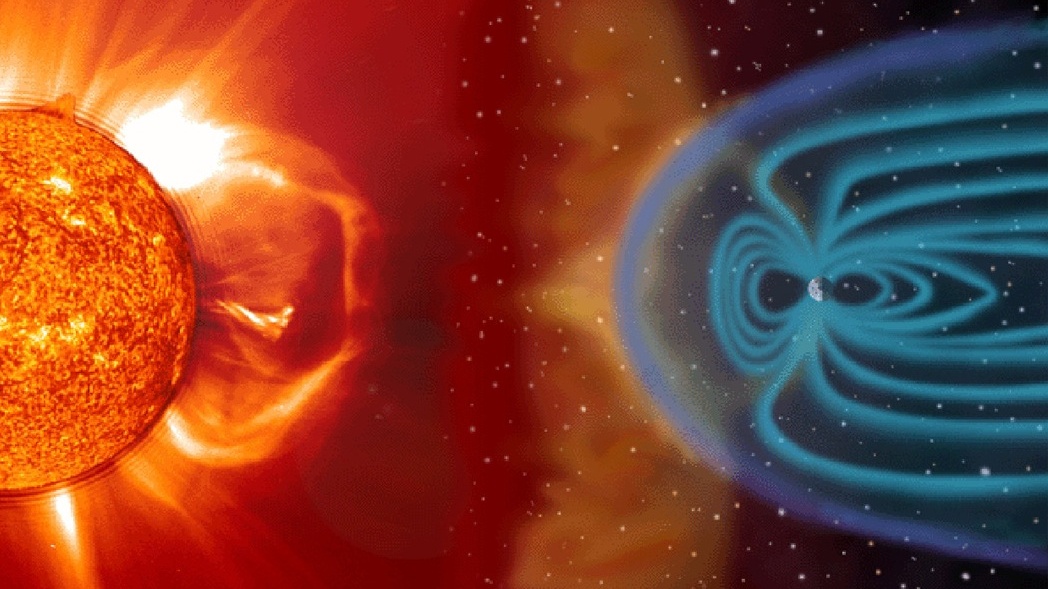
Earth's skies pulse in sync with the sun's solar flares
By Sharmila Kuthunur published
Earth's atmosphere pulses in sync with the sun's fiery outbursts, indicating it is more sensitive to solar activity than previously thought, according to new research.
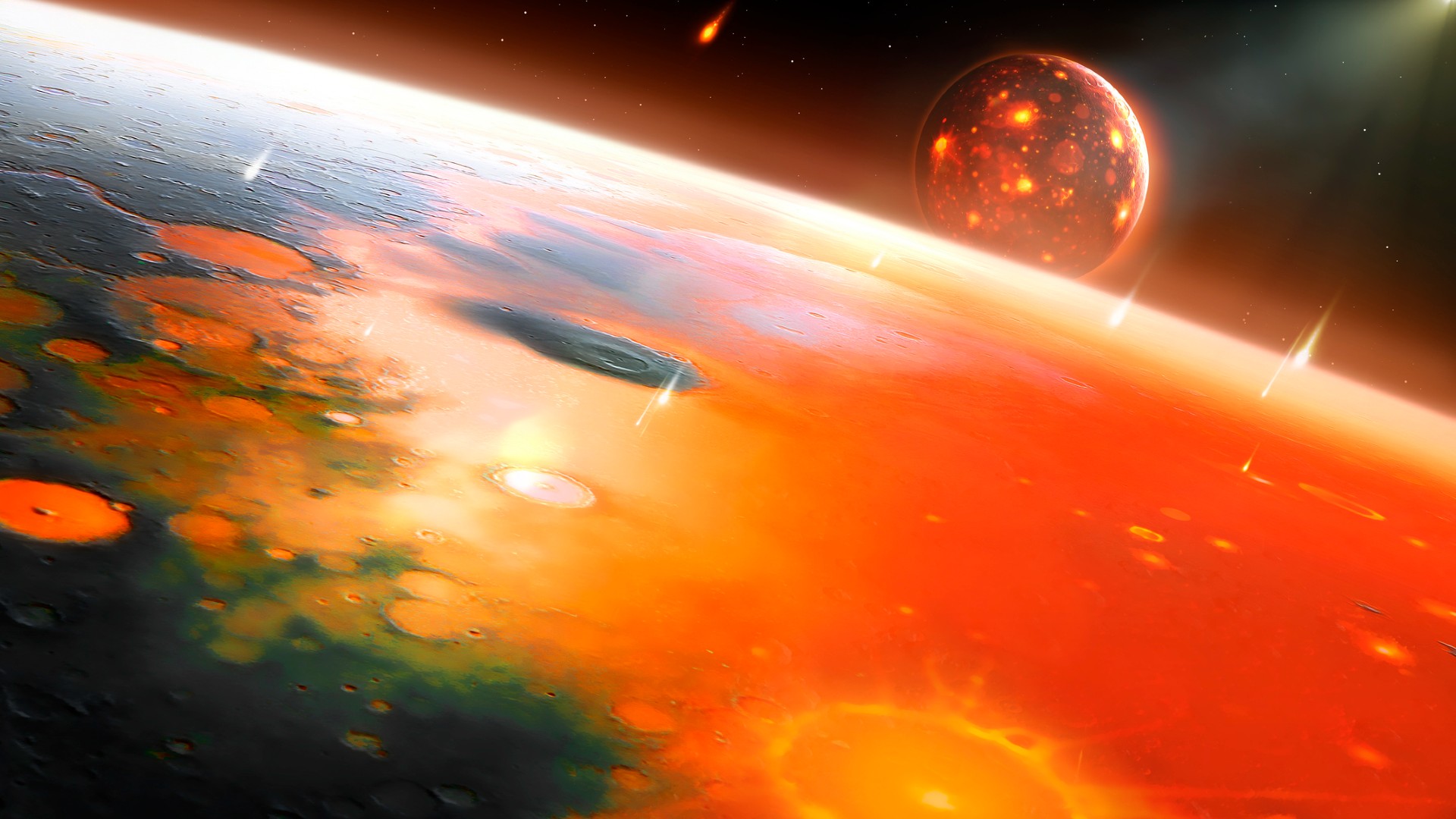
Our moon may have once been as hellish as Jupiter's super volcanic moon Io
By Nola Taylor Tillman published
The moon spent a few million years as a volcanic wasteland, covered with ongoing eruptions that spewed from mountains and even from the ground itself.
Get the Space.com Newsletter
Breaking space news, the latest updates on rocket launches, skywatching events and more!
